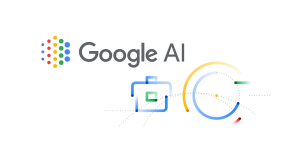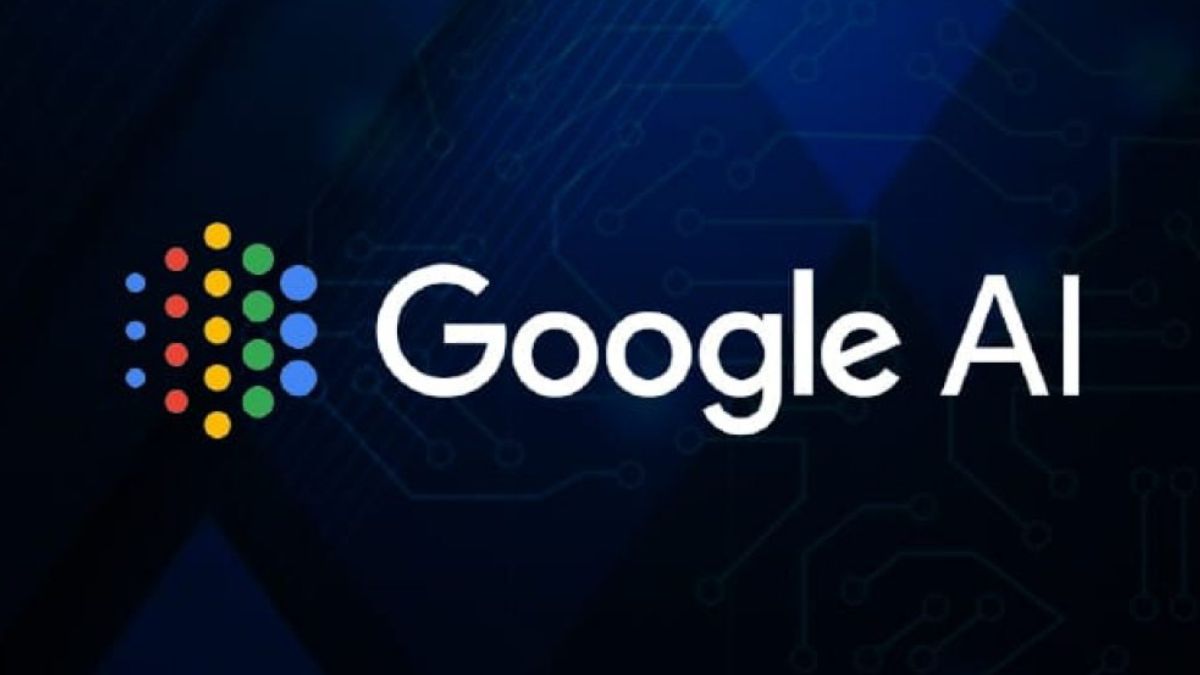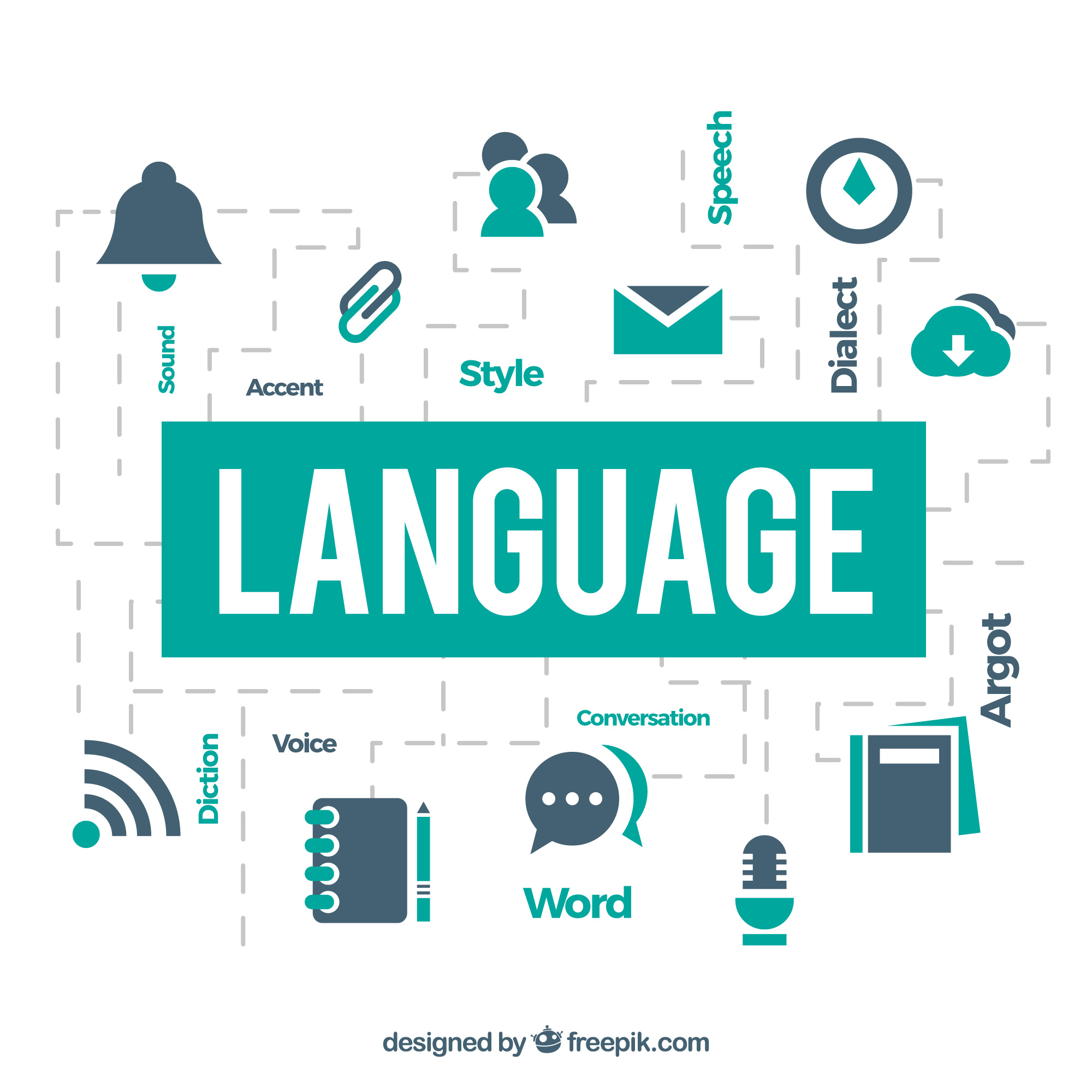How Google’s AI Search Tool Threatens News Publishers’ Traffic
Google’s AI search tool, called Search Generative Experience (SGE), is a new feature that uses artificial intelligence to create summaries of web pages and display them at the top of the search results page. The summaries are based on millions of web pages that Google has scraped and trained its AI models on. The goal of SGE is to provide users with relevant and concise information that can help them answer their queries faster.
However, SGE also poses a serious threat to news publishers, who rely on Google’s traffic and revenue to sustain their businesses. According to some reports, SGE could reduce the amount of web traffic that news publishers receive from Google, as users may prefer to read the summaries generated by AI over the original content from news sites. Moreover, SGE could also affect the quality and credibility of news content, as it may use information from sources that are not verified or reliable.
In this article, we will explore how SGE works, what are its benefits and drawbacks for users and publishers, and what are some possible solutions to mitigate its negative impact. We will also discuss how AI in general is transforming the media industry, creating new opportunities and challenges for journalists, audiences, and platforms.

How SGE Works
SGE is currently being tested in select markets in the US, India, and Japan. It is not widely available yet, but it is expected to roll out globally in 2023. Users can opt-in or opt-out of using SGE by changing their settings in their Google account.
To use SGE, users simply type a query into Google’s search box as usual. Instead of seeing a list of blue links that direct them to different web pages, they will see a snippet of text at the top of the page that summarizes their query. For example, if a user searches for “how to make pizza”, they may see something like this:
Learn how to make pizza dough from scratch with this easy recipe from BBC Good Food.
Below this snippet, there will be a link that says “Learn more” or “See more results”. This link will take them to a page that contains more details about how to make pizza dough from scratch with step-by-step instructions and photos.
The snippet text is generated by an AI model that analyzes millions of web pages related to various topics. The model tries to find common patterns and keywords among these pages and synthesize them into a coherent summary. The model also tries to balance between factual accuracy and readability by using clear language and avoiding jargon or technical terms.
The snippets are not meant to replace web pages entirely; they are only meant to provide an overview or an introduction that can help users decide whether they want to click on one of the links or not. Users can still access all the original content from news sites by clicking on any link below or above their snippet text.

Benefits and Drawbacks for Users
Users may find SGE useful for several reasons:
- It saves time: Users do not have to scroll through hundreds or thousands of web pages to find relevant information; they can get an instant answer at a glance.
- It saves space: Users do not have to load large amounts of data onto their devices; they can access only what they need.
- It saves effort: Users do not have to read long articles or watch long videos; they can get concise summaries that capture their attention.
- It saves money: Users do not have to pay for subscriptions or memberships; they can access free information from various sources.
However, users may also face some drawbacks when using SGE:
- It may be inaccurate: The snippets generated by AI may contain errors or biases; they may not reflect reality or present multiple perspectives.
- It may be incomplete: The snippets generated by AI may miss important details or context; they may not answer all questions or address all aspects.
- It may be misleading: The snippets generated by AI may use deceptive techniques such as clickbait titles or sensational headlines; they may manipulate users’ emotions or opinions.
- It may be unethical: The snippets generated by AI may violate privacy rights or intellectual property rights; they may copy content from unauthorized sources without proper attribution.
Benefits and Drawbacks for Publishers
Publishers who rely on Google’s traffic and revenue face several challenges when using SGE:
- They lose visibility: Their web pages do not appear at all in Google’s search results page; they do not get any exposure or clicks from potential readers.
- They lose revenue: Their web pages do not generate any ad impressions or conversions; they do not earn any money from their content.
- They lose trust: Their web pages do not establish any authority or credibility; they do not build any relationship with their readers.
However, publishers may also find some opportunities when using SGE:
- They can optimize their content: They can use SGE as a tool to analyze their web pages and improve their quality and relevance; they can make their content more informative, engaging, and user-friendly.
- They can diversify their sources: They can use SGE as a source of inspiration and information; they can discover new topics, trends, and perspectives from various web pages and sources.
- They can leverage their brand: They can use SGE as a platform to showcase their brand and identity; they can create distinctive snippets that stand out from the crowd and attract users’ attention.

How AI is Transforming the Media Industry
SGE is not the only example of how AI is transforming the media industry. AI is being used in various ways to create, distribute, and consume media content, such as:
- Content creation: AI can generate text, images, audio, and video content using natural language processing, computer vision, and deep learning techniques. For example, AI can write news articles, generate captions, compose music, and create videos .
- Content distribution: AI can optimize the delivery and promotion of media content using data analytics, machine learning, and recommendation systems. For example, AI can personalize the content for each user, rank the content based on relevance and popularity, and suggest the best time and channel to publish the content .
- Content consumption: AI can enhance the experience and interaction of media content using natural language understanding, speech recognition, and computer vision. For example, AI can enable voice and gesture control, provide subtitles and translations, and offer feedback and support .
AI has the potential to revolutionize the media industry by making it more efficient, innovative, and accessible. However, AI also poses some challenges and risks for the media industry, such as:
- Ethical issues: AI may raise ethical questions regarding the ownership, authorship, and accountability of media content. For example, who owns the rights to the content generated by AI? Who is responsible for the content distributed by AI? Who is liable for the content consumed by AI ?
- Quality issues: AI may compromise the quality and accuracy of media content. For example, how can we ensure that the content generated by AI is factual and reliable? How can we prevent the content distributed by AI from being manipulated or biased? How can we protect the content consumed by AI from being harmful or offensive ?
- Social issues: AI may affect the social and cultural aspects of media content. For example, how can we preserve the diversity and creativity of media content? How can we maintain the human connection and empathy of media content? How can we balance the privacy and security of media content ?
Possible Solutions to Mitigate the Impact of SGE
Given the benefits and drawbacks of SGE for users and publishers, as well as the opportunities and challenges of AI for the media industry, what are some possible solutions to mitigate the impact of SGE?
Here are some suggestions:
- For users: Users should be aware of the limitations and implications of SGE and use it with caution and discretion. Users should not rely solely on SGE for their information needs; they should also seek out original and diverse sources of content. Users should also be critical and vigilant of the content they consume; they should verify the facts and sources, and report any errors or issues.
- For publishers: Publishers should adapt to the changing landscape of the media industry and embrace the potential of AI. Publishers should not view SGE as a threat, but as an opportunity to improve and innovate their content. Publishers should also collaborate with Google and other platforms to ensure that their content is properly represented and rewarded. Publishers should also engage with their readers and build trust and loyalty.
- For Google: Google should be transparent and responsible about the development and deployment of SGE and other AI features. Google should respect the rights and interests of users and publishers, and provide them with options and controls. Google should also ensure that SGE and other AI features are ethical, fair, and safe, and comply with the relevant laws and regulations.
Conclusion
Google’s AI search tool, SGE, is a new feature that uses artificial intelligence to create summaries of web pages and display them at the top of the search results page. SGE aims to provide users with relevant and concise information that can help them answer their queries faster. However, SGE also poses a serious threat to news publishers, who rely on Google’s traffic and revenue to sustain their businesses. SGE could reduce the amount of web traffic that news publishers receive from Google, as users may prefer to read the summaries generated by AI over the original content from news sites. Moreover, SGE could also affect the quality and credibility of news content, as it may use information from sources that are not verified or reliable.
SGE is not the only example of how AI is transforming the media industry. AI is being used in various ways to create, distribute, and consume media content, such as content creation, content distribution, and content consumption. AI has the potential to revolutionize the media industry by making it more efficient, innovative, and accessible. However, AI also poses some challenges and risks for the media industry, such as ethical issues, quality issues, and social issues.
To mitigate the impact of SGE and other AI features, users, publishers, and Google should work together to find solutions that balance the benefits and drawbacks of AI for the media industry. Users should be aware, critical, and vigilant of the content they consume. Publishers should adapt, improve, and innovate their content. Google should be transparent, responsible, and ethical about their AI features.
Key Points
| Topic | Summary |
|---|---|
| How SGE Works | SGE uses AI to create summaries of web pages and display them at the top of the search results page. |
| Benefits and Drawbacks for Users | Users may find SGE useful for saving time, space, effort, and money, but they may also face some drawbacks such as inaccuracy, incompleteness, misleadingness, and unethicalness. |
| Benefits and Drawbacks for Publishers | Publishers may face some challenges such as losing visibility, relevance, revenue, and trust, but they may also find some opportunities such as optimizing their content, diversifying their sources, and leveraging their brand. |
| How AI is Transforming the Media Industry | AI is being used in various ways to create, distribute, and consume media content, such as content creation, content distribution, and content consumption. AI has the potential to revolutionize the media industry, but it also poses some challenges such as ethical issues, quality issues, and social issues. |
| Possible Solutions to Mitigate the Impact of SGE | Users, publishers, and Google should work together to find solutions that balance the benefits and drawbacks of AI for the media industry. Users should be aware, critical, and vigilant of the content they consume. Publishers should adapt, improve, and innovate their content. Google should be transparent, responsible, and ethical about their AI features. |










